Jump (점프)
1.4Km 2025-03-13
47, Mareunnae-ro, Jongno-gu, 100-300 Seoul-si
• Centre d'appels 1330 : +82-2-1330 (coréen, anglais, japonais, chinois) • Pour obtenir plus d'info : +82-2-722-3995 (anglais)
Depuis ses débuts en Coréen en juillet 2003,
Ce spectacle innovateur incorpore de nombreux arts martiaux asiatiques comme le taekwondo et le taekkyeon coréens. Il relate l'histoire d'une famille de spécialistes en arts martiaux qui doivent défendre leur maison face à des cambrioleurs.
Musée des chouettes (부엉이박물관)
1.4Km 2022-09-19
143, Bukchon-ro, Jongno-gu, Seoul-si
+82-2-3210-2902
Si vous êtes un passionné des chouettes et que vous aimez l’art des pliages, nous vous conseillons le musée des chouettes. Ce musée ayant pour thème les chouettes, comporte nombre d’oeuvres d’art, de pliages, d’objets utilitaires et accessoires en tout genre. Ces objets proviennent de 70 pays tels que la Chine, les Etats-Unis, la République Tchèque ou la Pologne. Plus de 2,000 pièces y sont exposées.
Of one book and stay / 일독일박
1.4Km 2025-08-11
11-1, Pirundae-ro 3-gil, Jongno-gu, Seoul
This hanok (traditional Korean house) is located in Seochon Village near Gyeongbokgung Palace. It is a modern C-shaped hanok centered around the inner courtyard, which is the first thing that the guests see after entering through the gate. While it is not expansive, white pebbles and a foot bath make this hanok a unique one. One can enjoy a foot bath while sitting on the porch.
The bedroom, which is located beyond the living room, is furnished with a queen-sized bed. Opening the screen doors brings one to the view of the kitchen area beyond the inner courtyard. A large table, plush sofa, and a small bookcase make the space ideal for books and discussions. Climbing the wooden ladder to the side of the kitchen brings one to the attic, which also doubles as a Korean-style room with a skylight. The kitchen is furnished with a refrigerator, microwave oven, gas stove, electric kettle, toaster, pots, utensils, wine glasses, and bottled water. There is a restroom with a bathtub. The standard occupancy of the house is 4 people.
Palais Gyeonghuigung (경희궁)
1.4Km 2021-07-21
55, Saemunan-ro, Jongno-gu, Seoul-si
+82-2-724-0274
A la fin de la période Joseon, Gyeonghuigung servait de palais secondaire pour le roi. Comme il se situe dans la partie ouest de Séoul, il
porte aussi le nom de 'Seogwol'. Le palais secondaire était le palais où le roi se déplaçait en cas d’urgence. De Injo à Cheoljong, environ dix rois de la dynastie Joseon sont restés à Gyeonghuigung. Ce palais qui a été construit en utilisant la géographie inclinée aux alentours de la montagne possède une beauté traditionnelle en
matière d'architecture et une grande signification historique. A une
certaine époque, sa réputation était telle qu'il y avait même un pont arqué le reliant au palais Deoksugung. Les bâtiments Sungjeongjeon et Jajeongjeon
sont pour l’audience royale du roi, tandis que les bâtiments Yungbokjeon et Hoesangjeonet
servaient à dormir. Au total, le palais comprenait 100 bâtiments.
Mais, lorsque le Japon envahit la Corée
en 1908, l’école Japonaise Gyeongseong s'est installée dans le palais, et une grande partie du palais a été nivelée ou déplacée. Actuellement, la porte d(entrée
de Gyeonghuigung, la Porte Heunghwamun est utilisée en tant que porte d’entrée principale de l’ hôtel Silla, et Sungjeongjeon est à l’Université Dongguk. L’école a déménagé dans un autre endroit tandis
que le Sungjeongjeon et quelques autres bâtiments ont été reconstruits.
Près du palais Gyeonghuigung se trouvent le Musée d’Histoire de Séoul, la rue Jeongdong, et la rue très active Jongno. Après avoir visité le palais Gyeonghuigung, vous pouvez traverser la rue Jeongdong et marcher jusqu’au palais Deoksugung. La rue avec un mur de pierres menant
au palais Deoksugung est considérée comme l'une des rues les plus élégantes de Séoul.
Bunni Studios à Myeondong (바니스튜디오 안경(명동역점))
1.4Km 2024-04-03
21, Myeongdong 8gagil 21, Junggu, Seoul
Bunni Studios est un magasin de lunettes apprécié par la jeunesse. Le service est disponible en anglais. Bunni Studios travaille avec un grand nombre de marques permettant une large gamme de choix. Il est possible de réaliser des achats détaxés sur place alors que le magasin propose des services de livraison vers votre hôtel si le produit n'est pas disponible dans le magasin.
Parc Sajik à Séoul (사직공원(서울))
1.4Km 2022-09-19
89, Sajik-ro, Jongno-gu, Seoul-si
+82-2-2148-2834
Le parc Sajik est l’un des trois parcs les plus populaires de Jongno-gu, avec le parc Tapgol et le parc Samcheong. Situé à l’Ouest du complexe du gouvernement central, au Sud-Est du mont Inwang, le parc possède la taille impressionnante de 188,710 m².
Le nom du parc remonte à 1395, lorsque Taejo Lee Sung-gye construisit le premier Sajikdan (autel dédié aux divinités d’Etat), avec en son centre, le sanctuaire Jongmyo (sanctuaire ancestral royal). « Sa » désigne la divinité de la terre, tandis que « jik » se réfère au dieu des cinq céréales. Des rituels pour obtenir une bonne récolte avaient lieu régulièrement au Sajikdan. Néanmoins, le site n’a pas été reconnu officiellement comme parc jusqu’en 1922, lors de la période coloniale japonaise.
Dans le parc, on trouve plusieurs terrains de jeux, des statues de Sin Saimdang, Hwanghakjeong et Yi I (souvent mentionné sous son nom de plum « Yulgok »), ainsi que la bibliothèque municipale des enfants. Le sanctuaire de Dangun et la bibliothèque de Jongno se trouvent à proximité. En suivant le sentier près du parc Sajik pendant environ 5 minutes, les visiteurs peuvent atteindre le parcours de randonnée du mont Inwang relativement facilement.
Korea Stamp World (우표문화누리)
1.4Km 2021-03-18
70, Sogong-ro, Jung-gu, Seoul-si
+82-2-6450-5600
Korea Stamp World se situe au 2ème sous-sol du bureau de poste central à Séoul. Le musée fait découvrir aux visiteurs le monde des timbres poste. C'est aussi devenu un endroit où les amateurs de philatélie viennent échanger leur idées et partager leur passion.
Korea Stamp World est divisé en quatre parties: la Galerie de l'Histoire du Service Postal, la Galerie de Découverte des Timbres Postes, la Galerie d'Information sur les Timbres Postes et le Cours de Philatélie. S'y tiennent également plusieurs expositions et événements tels que celui où vous pourrez créer votre propre timbre.
Vous pourrez aussi acheter plusieurs accessoires de philatélie lors du « marché ». En 2009, le marché ouvrira du 26 au 27 juin, du 5 au 6 septembre et du 10 au 11 octobre.
Musée d’art de Séoul (서울시립미술관)
1.4Km 2023-10-17
61, Deoksugung-gil, Jung-gu, Seoul
+82-2-2124-8800
Le Musée d'Art de Séoul met à l'honneur l'art moderne coréen et international à travers ses six galeries. De grandes expositions internationales s'y tiennent tous les cinq à six mois. Depuis mai 2002 se tient en exposition permanentes autour des oeuvres de l'artiste coréenne Chon Kyung-ja. Des visites guidées en anglais de l'exposition permanente sont possibles les samedis et dimanches. Après la visite du musée, vous pourrez vous balader le long du mur en pierre du palais Deoksugung, visiter le théâtre Chongdong pour voir un spectacle traditionnel ou aller voir le spectacle Nanta au théâtre Nanta.
Village Seochon (서촌마을)
1.5Km 2021-07-14
45, Pirundae-ro, Jongno-gu, Seoul
Le village Seochon se situe à l'est du palais Gyeongbokgung. Il s'agit d'un lieu composé à la fois de maisons traditionnels hanok, de petites ruelles paisibles, mais aussi de nouveaux magasins qui forment une très belle harmonie dans le village. En parcourant les nombreuses petites ruelles des lieux, vous pourrez aussi apprécier plusieurs peintures murales très colorèes. Ce village se distingue donc par son côté à la fois pittoresque mais aussi raffiné.
Sangchonjae (상촌재)
1.5Km 2023-08-25
12-11 Sangchonjae, Jahamun-ro 17gil, Jongno-gu, Seoul
Sangchonjae House, administré par la Fondation culturelle de Jongno, désigne un espace culturel hanok situé dans le village de Sejong, Ogin-dong, Jongno-gu. Le site propose différentes activités culturelles autour des traditions en Corée.
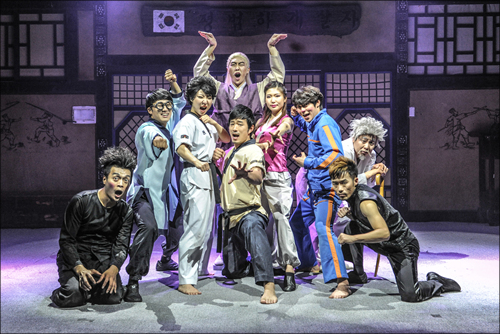
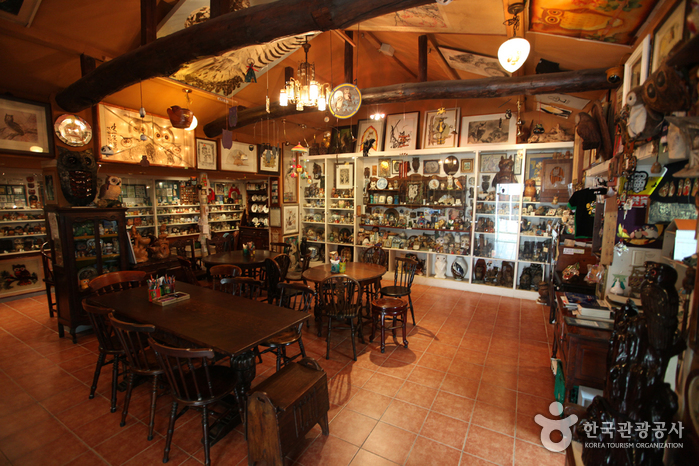
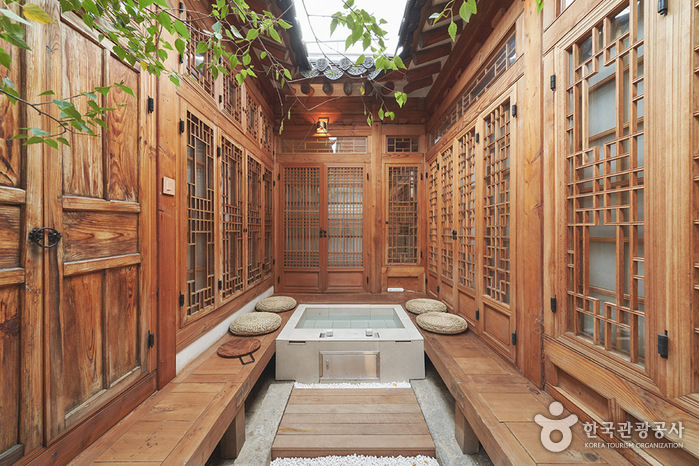
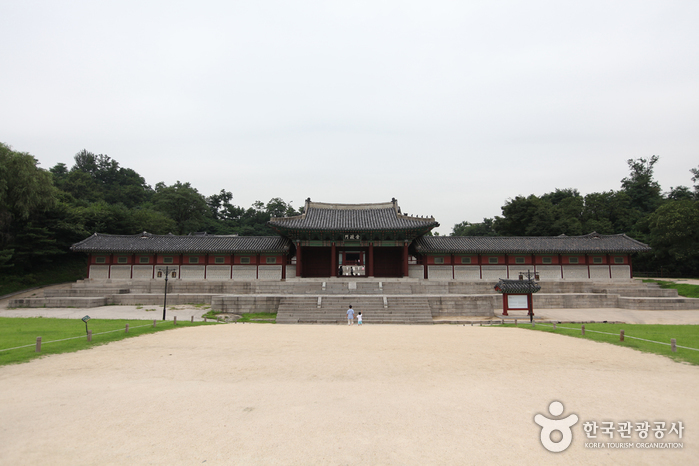
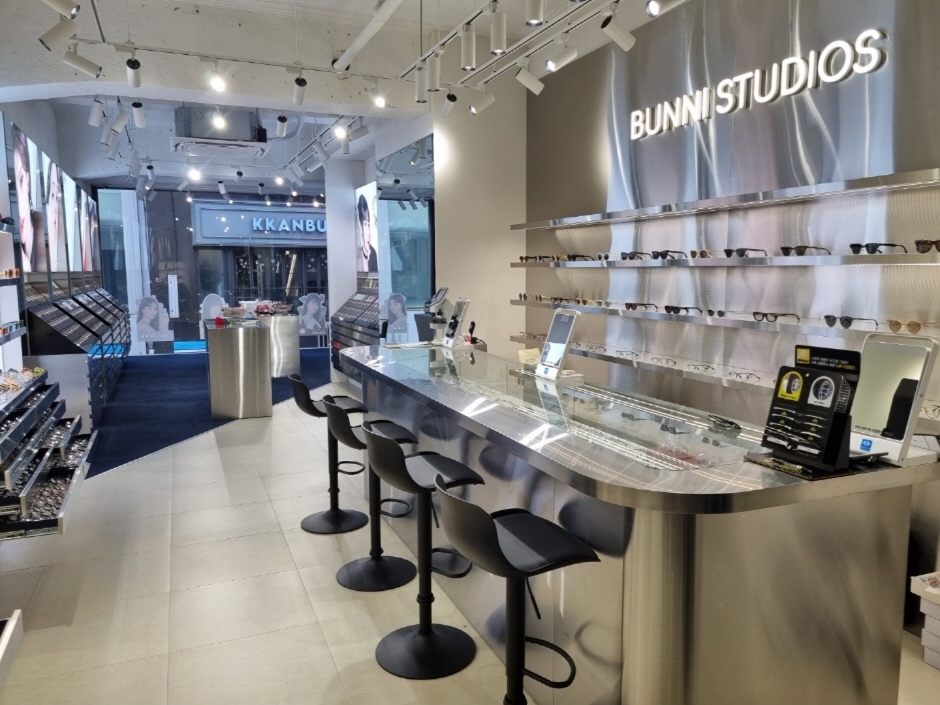
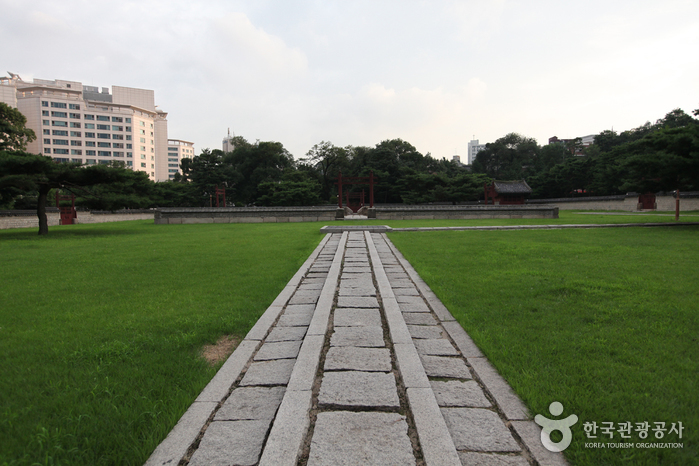
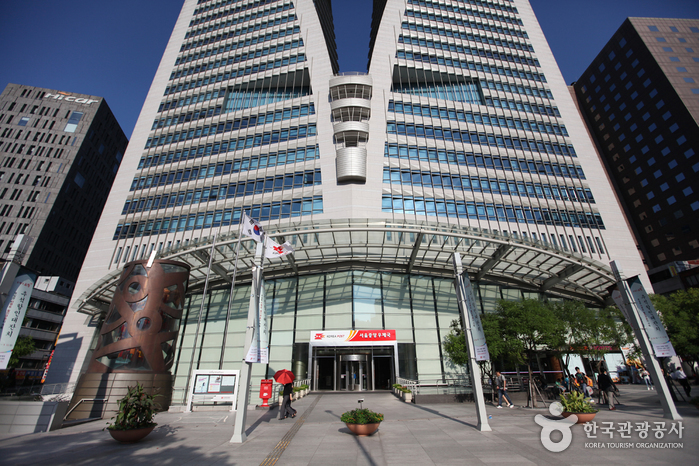
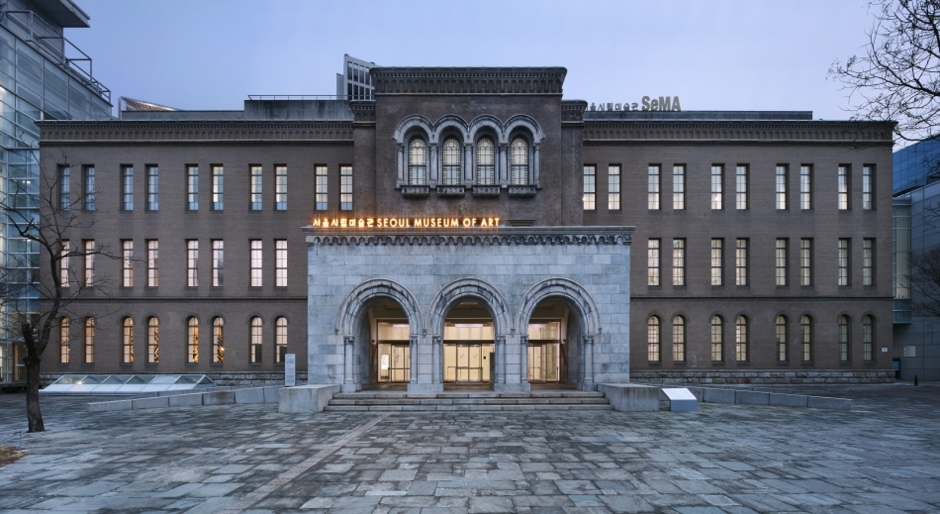
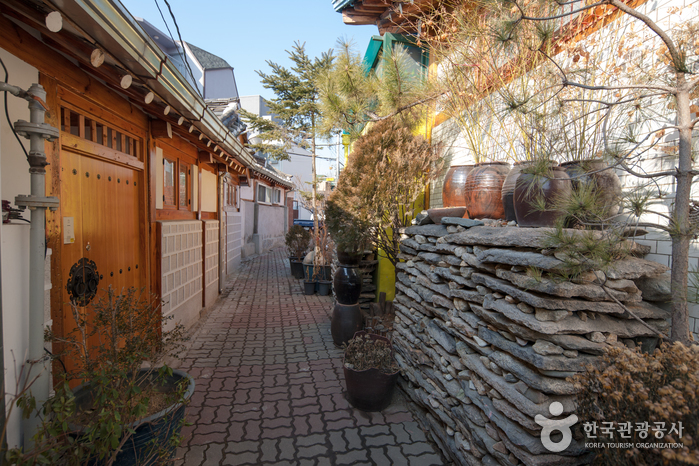

 Français
Français
 한국어
한국어 English
English 日本語
日本語 中文(简体)
中文(简体) Deutsch
Deutsch Español
Español Русский
Русский